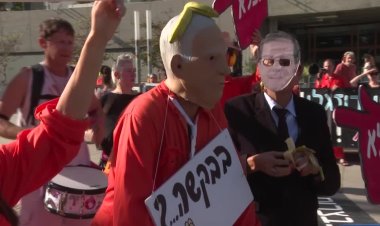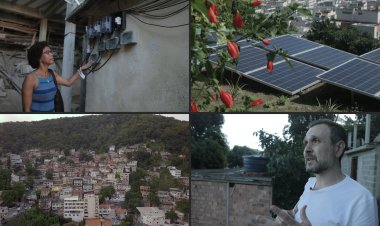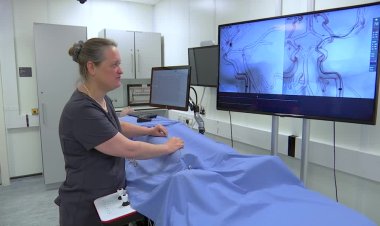Iran displays missiles, drones on the streets

Iran staged a show of military might in Tehran, displaying drones and missiles on the streets as a warning to Israel following the assassination of Hamas leader Ismail Haniyeh in late July. The display featured banners reading "We will take revenge" and posters of Haniyeh alongside Iran's Revolutionary Guards' Commander Qassem Soleimani, who was killed by a U.S. drone in 2020.
This demonstration coincided with Iranian President Masoud Pezeshkian's arrival in New York for the United Nations General Assembly. Pezeshkian stated that Iran would respond "in an appropriate manner" to Haniyeh's assassination, heightening concerns about the potential for the Gaza conflict to escalate into a wider Middle East war.
Two notable additions represented significant advancements in Iran's military capabilities. The Jihad ballistic missile, an upgraded version of the Qiam liquid-fuelled missile, was unveiled. It is expected to improve upon its predecessor's 1000 km range, 600-kilogram warhead, and 50-meter accuracy. The new missile appears to have enhanced steering capabilities for its final approach to targets. Experts suggest that in the current, more relaxed sanctions environment, this missile could potentially be supplied to Houthi forces in Yemen, posing a credible threat to Israel and shipping in the Red Sea, Gulf of Aden, and possibly the Arabian Sea.
Additionally, the Shahed-136B drone, a new iteration of the suicide drone previously supplied to Russia for use in Ukraine, was also displayed. This version appears significantly different from its predecessors, suggesting potential advancements in its capabilities.
These developments underscore Iran's ongoing efforts to enhance its military capabilities and project power in the region. The display serves as both a deterrent and a message of readiness to respond to perceived threats, particularly in the context of rising tensions following Haniyeh's assassination.















